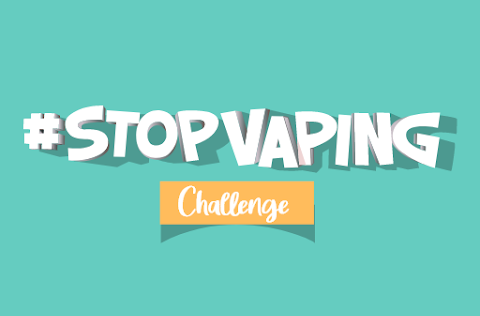Abstract
Purpose of Review
Jurisdictions around the world have adopted different policies in order to regulate e-cigarette products, to allow for the use of e-cigarettes by cigarette smokers for cessation or harm reduction and to reduce the likelihood of non-smokers initiating e-cigarette use. The purpose of this review is to provide a brief overview of different e-cigarette regulations across the world, focusing on regulations of sales, product standards, nicotine concentrations, flavours and marketing restrictions. This review was conducted between February and April 2020.
Recent Findings
There are a large range of policies that countries around the world have chosen in order to regulate vaping products to prevent use and limit harm associated with use of e-cigarettes. Many countries provide avenues for separate regulation of therapeutic and consumer e-cigarette devices.
Summary
E-cigarettes have the potential of causing harm among young vapers and reducing harm among adult cigarette smokers. The most effective strategies would balance both of these properties and prevent access to vaping products among adolescents and youths and at the same time increase the availability of the regulated therapeutic products among people trying to quit smoking. Future efforts of research should focus on evaluating the impact of different regulatory policies to achieve these purposes and exploring the use of e-cigarettes as a smoking cessation aid. Our recommendations are based on existing literature on the effectiveness of current e-cigarette regulations.
Date: September 2020
Type of Publication: Journal Article


 Download directly from your phone’s app store, or through the following links:
Download directly from your phone’s app store, or through the following links: 




